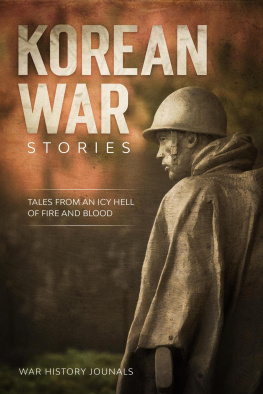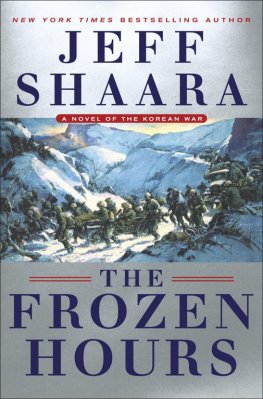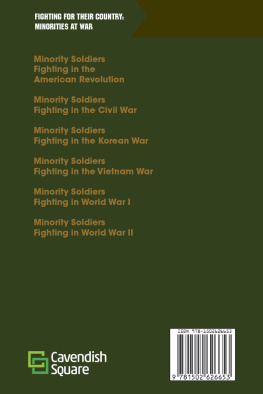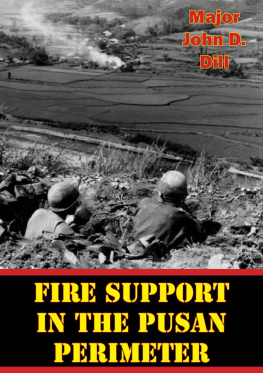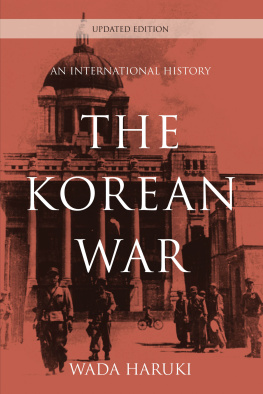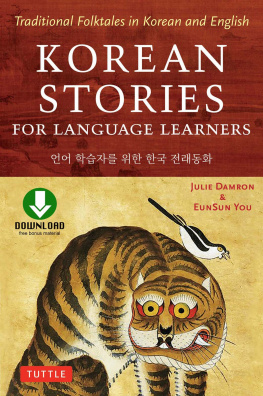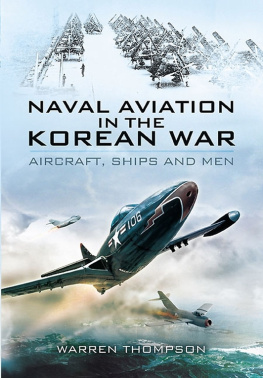Korean War Stories: Tales from an Icy Hell of Fire and Blood
War History Journals
Published by Storyteller Books, LLC, 2020.
While every precaution has been taken in the preparation of this book, the publisher assumes no responsibility for errors or omissions, or for damages resulting from the use of the information contained herein.
KOREAN WAR STORIES: TALES FROM AN ICY HELL OF FIRE AND BLOOD
First edition. March 24, 2020.
Copyright 2020 War History Journals.
ISBN: 978-1393679646
Written by War History Journals.
10 9 8 7 6 5 4 3 2 1
The hard decisions are not the ones you make in the heat of battle. Far harder to make are those involved in speaking your mind about some harebrained scheme which proposes to commit troops to action under conditions where failure is almost certain and the only results will be the needless sacrifice of priceless lives.
Matthew Ridgeway
O n June 25, 1950, the North Korean Army crossed the 38th parallel and invaded South Korea, starting a war that would involve the entire world. Our president, Harry Truman, authorized sending troops to assist the South Korean Army, referring to the conflict as merely a police action. He was sharply criticized for this comment by much of the public. But by using this definition, Truman was able to bypass Congress and send troops to a foreign country without a Congressional Declaration of War.
Its helpful to look back in time to gain perspective in understanding the political and military events leading up to the Korean War. Korea had become a Japanese protectorate in 1905 as a result of Japan's victory in the Sino-Japanese and Russo Japanese wars, which were fought in large part over control of Korea. Japan had entered the twentieth century as a significant military power in Eastern Asia and was interested in Korea's iron and coal resources. Russia had been interested in Korea as a location for warm weather seaports. China's interest in Korea had been its strategic proximity to Japan. The United States saw little strategic importance in Korea and made no attempt to interfere with the Japanese aggression even though the US had promised to aid this small country as a provision of the 1882 Treaty of Tientsin.
Throughout the forty years of Japanese occupation, the Koreans maintained a strong sense of nationalism. They never gave up hope that they would one day gain their independence. A Korean citizen who would one day be president, Syngman Rhee traveled to the United States in 1904, earning a BA degree from Harvard and a PhD from Princeton University.
Later he returned to Korea for a short time opposing the Japanese occupation and then returned to the United States to live in exile. During that time, he fervently worked to influence political forces in Washington, DC, to promote his desire for a unified, independent Korea.
The aftermath of World War II resulted in the division of territories once occupied by Germany and Japan among the various allies. Russia was willing to accept a proposal made by the United States to divide Korea at the 38th parallel, with Russia occupying the country north of the parallel and the United States occupying the southern portion. This eventually led to the creation of North and South Korea.
Syngman Rhee felt he had been betrayed by the United States as a result of that decision. He persisted in proclaiming his desire to drive the communists out of North Korea. Long after he was elected President of South Korea with the blessing and cooperation of the United States government.
The United States adopted Syngman Rhee's objective of unification, rather than the post-World War II acceptance of a divided Korea. This has led to the conclusion by most historians that the Korean War ended in a stalemate. The cease fire agreement established a static military position approximating the original boundary of the partitioned country. In actuality, most of the new boundary is slightly north of the 38th parallel.
On June 25, 1950, the North Korean People's Army (NKPA), with a fast-moving, massive force of highly trained soldiers equipped with Russian T34 tanks, poured across the 38th parallel and invaded South Korea. The South Korean Army consisted of poorly trained, inadequately equipped soldiers that looked more like a state police force than an Army.
There was an understandable reason for this inequality. During their period of trusteeship, the Russians trained the North Korean Army. They left much of their weaponry behind when they left Korea. The United States did almost nothing to equip or train the Republic of Korea (ROK) Army in the south due to severe cuts in our own military budget after World War II.
Korea did not have the strategic importance to justify the cost of investing in its defense. We had a mindset that since we had the atomic bomb, a nation would be out of its mind to attack the United States or any of its allies.
What never occurred to our government is that for decades, we sent the world a message that America would not come to Korea's defense if it were ever under attack. Our reluctance to build a strong ROK Army reinforced that impression. North Korea didnt understand the American Cold War policy. It was based on the domino theory that America wouldnt stand by and allow the expansion of communism by force no matter where it occurred.
The United Nations' response was to request that its members send aid to South Korea to end the aggression by the North. President Truman authorized our military, commanded by General MacArthur, to render assistance.
MacArthur's early assessment of the situation made him realize that naval and air support for the ROK Army would not be sufficient by itself to stop the aggressors. The Eighth Army had been stationed in Japan as an occupational force following the defeat of the Japanese in 1945. Most of the men had never been in combat and were enjoying the relatively soft life of occupation duty. They suddenly found themselves living in foxholes with insufficient equipment and supplies, confronting a formidable enemy.
Our military capability had been severely reduced after 1945. Due to a result of strict economic cuts and a conviction that American involvement in any war for the foreseeable future was unlikely.
There was no way MacArthur could introduce the necessary men and equipment in time to stop the invading North Koreans. His best hope was to fight a delaying action to slow the invaders down until reinforcements were available to prevent the NKPA from completely overrunning the entire peninsula.
Elements of the Eighth Army deployed to Korea in early July 1950. The first group was a battalion of about five hundred men from the Twenty-fourth Division, known as Task Force Smith after its leader, Lieutenant Colonel C. B. Smith. The battalion made first contact with the NKPA near Osan, a city about fifty miles south of Seoul.
The rest of the Twenty-fourth Division, followed by the Twenty-fifth Division and the First Cavalry Division, comprised the other first units trying to slow the onslaught of an enemy with a grossly underestimated capability. The retrograde movement turned into more of a rout than a strategic withdrawal. In the process, Lieutenant General William Dean, commander of the Twenty-fourth Division, was captured by the NKPA.

